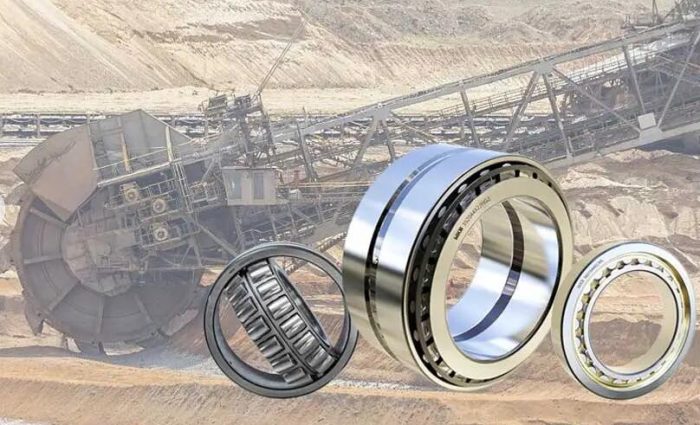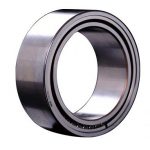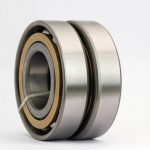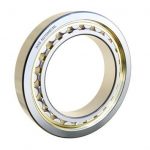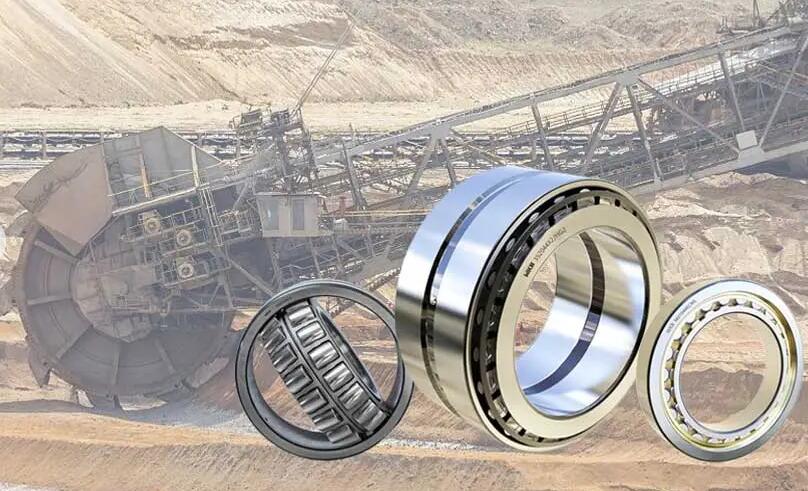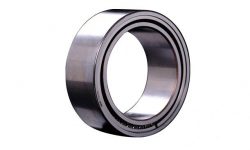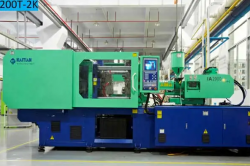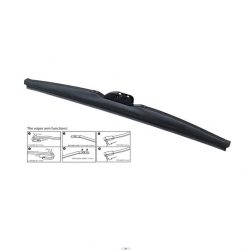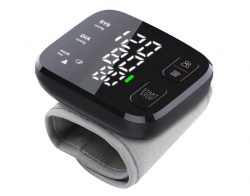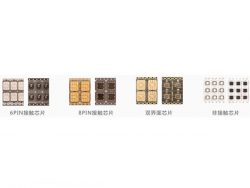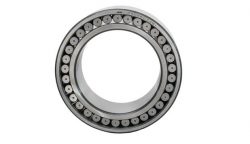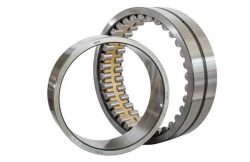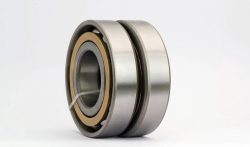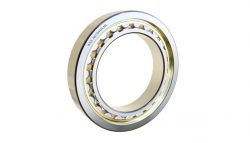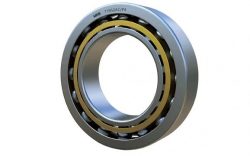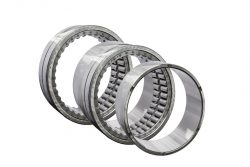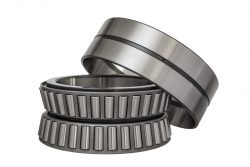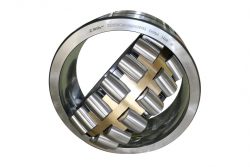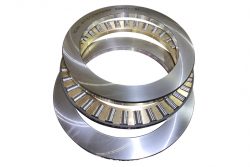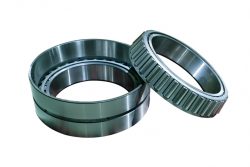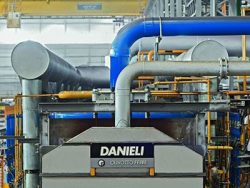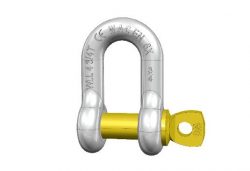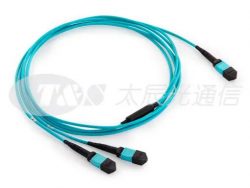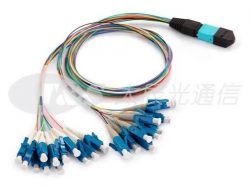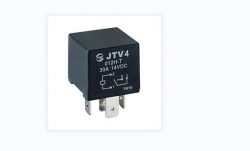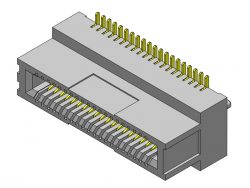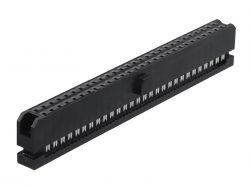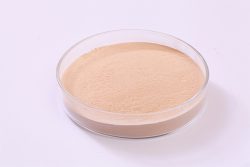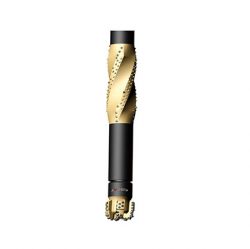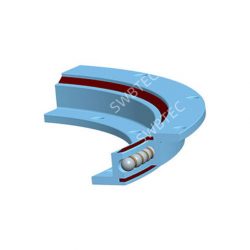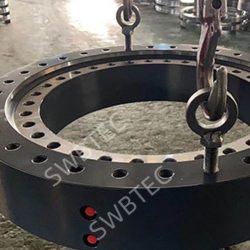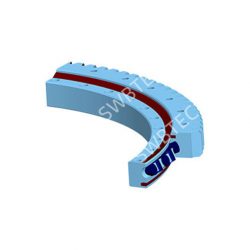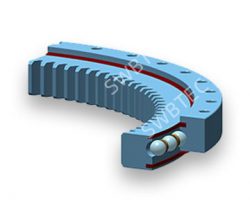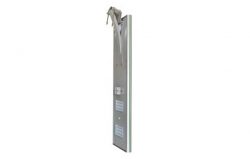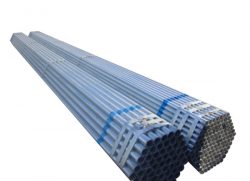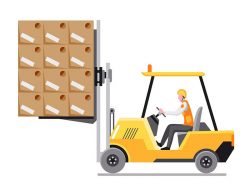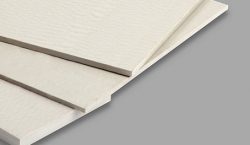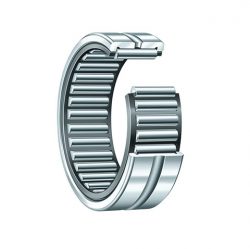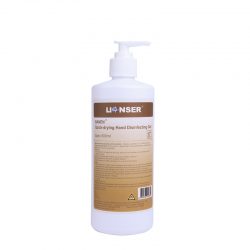Roller Bearings
Crafted with utmost precision and unparalleled engineering, WKB Roller Bearings are designed to exceed expectations. With a larger contact surface area, they effortlessly handle heavy loads while ensuring smooth and efficient rotation. These bearings are built to withstand high speeds and are resistant to shock and impact, making them ideal for demanding applications.
Types of Roller Bearings
Cylindrical Roller Bearings
Single-Row Cylindrical Roller Bearings
Single-Row Cylindrical Roller Bearings (Oilfield Dedicated)
Double-Row Cylindrical Roller Bearings
Single-Row Full-Complement Cylindrical Roller Bearings
Double-Row Full-Complement Cylindrical Roller Bearings
Four-Row Cylindrical Roller Bearings
Cylindrical roller bearings are rolling bearings that have cylindrical rollers as the rolling elements. They are designed to withstand heavy radial loads and perform well in high-speed applications.
Tapered Roller Bearings
Single-Row Tapered Roller Bearings (Metric)
Single-Row Tapered Roller Bearings (Inch)
Double-Row Tapered Roller Bearings (Metric)
Double-Row Tapered Roller Bearings (Inch)
Four-Row Tapered Roller Bearings (Metric)
Four-Row Tapered Roller Bearings (Inch)
Tapered roller bearings (TRB bearing) are precision-engineered components designed to handle both radial and axial loads. They consist of an inner ring, an outer ring, tapered rolling elements, and a …
Spherical Roller Bearings
Spherical roller bearings are rolling bearings designed to accommodate high radial loads and moderate axial loads. They have two rows of barrel-shaped rollers that are self-aligning, allowing for misalignment compensation.
Split Spherical Roller Bearings (Metric)
Split Spherical Roller Bearings (Inch)
Split Spherical Roller Bearings
Split spherical roller bearings are a type of spherical roller bearing that can be easily disassembled into two halves. This design allows for easier installation and maintenance in applications with limited access or space constraints.
CARB Toroidal Roller Bearings
Sealed CARB Bearings
CARB Bearings With Adapter Sleeve
CARB Bearings With Withdrawal Sleeve
CARB Bearings
CARB bearings (Compact Aligning Roller Bearings) are a type of self-aligning cylindrical roller bearings. They feature low friction, high load-carrying capacity, and the ability to compensate for misalignments in various industrial applications.
Cylindrical Roller Thrust Bearings
Cylindrical roller thrust bearings are specifically designed to handle high axial loads and provide axial rigidity. They consist of cylindrical rollers arranged in a cage and are suitable for applications requiring high thrust capacity.
Spherical Roller Thrust Bearings
Spherical roller thrust bearings are engineered to accommodate high axial loads and align themselves with the shaft. They feature barrel-shaped rollers and robust housing washers, making them suitable for heavy-duty applications.
Mill Screwdown Tapered Roller Thrust Bearings
Bidirectional Tapered Roller Thrust Bearings
Tapered Roller Thrust Bearings
Tapered roller thrust bearings are designed to handle high thrust loads and moderate radial loads. They consist of tapered rollers and a raceway surface inclined to the bearing axis, providing efficient load distribution.
What Are Uses Of Roller Bearing?
Roller bearings are widely used in situations where smooth and efficient rotation is required. They are commonly found in automotive systems, such as wheel bearings and Powertrain components. Roller bearings are more crucial in industrial machinery, including heavy equipment, conveyor belts, and gearboxes. Roller bearings are used in metallurgy, mining, cement, paper making, petroleum, engineering machinery, port machinery, agricultural machinery and other fields. Their versatility and ability to handle high loads make them an essential component in various industries, enabling smooth and precise movement while reducing friction and wear.
Why Should Roller Bearings Be Greased?
Roller bearings should be greased to provide lubrication between the rolling elements and the raceways. Grease serves several essential purposes in roller bearings. It helps to reduce friction and wear, preventing metal-to-metal contact and extending the bearing’s service life. Proper lubrication also helps to dissipate heat generated during operation, maintaining the bearing’s efficiency and preventing premature failure. Additionally, grease acts as a protective barrier, preventing contaminants from entering the bearing and causing damage. Regular greasing and maintenance of roller bearings ensure optimal performance, smooth operation, and increased reliability in a wide range of applications.
